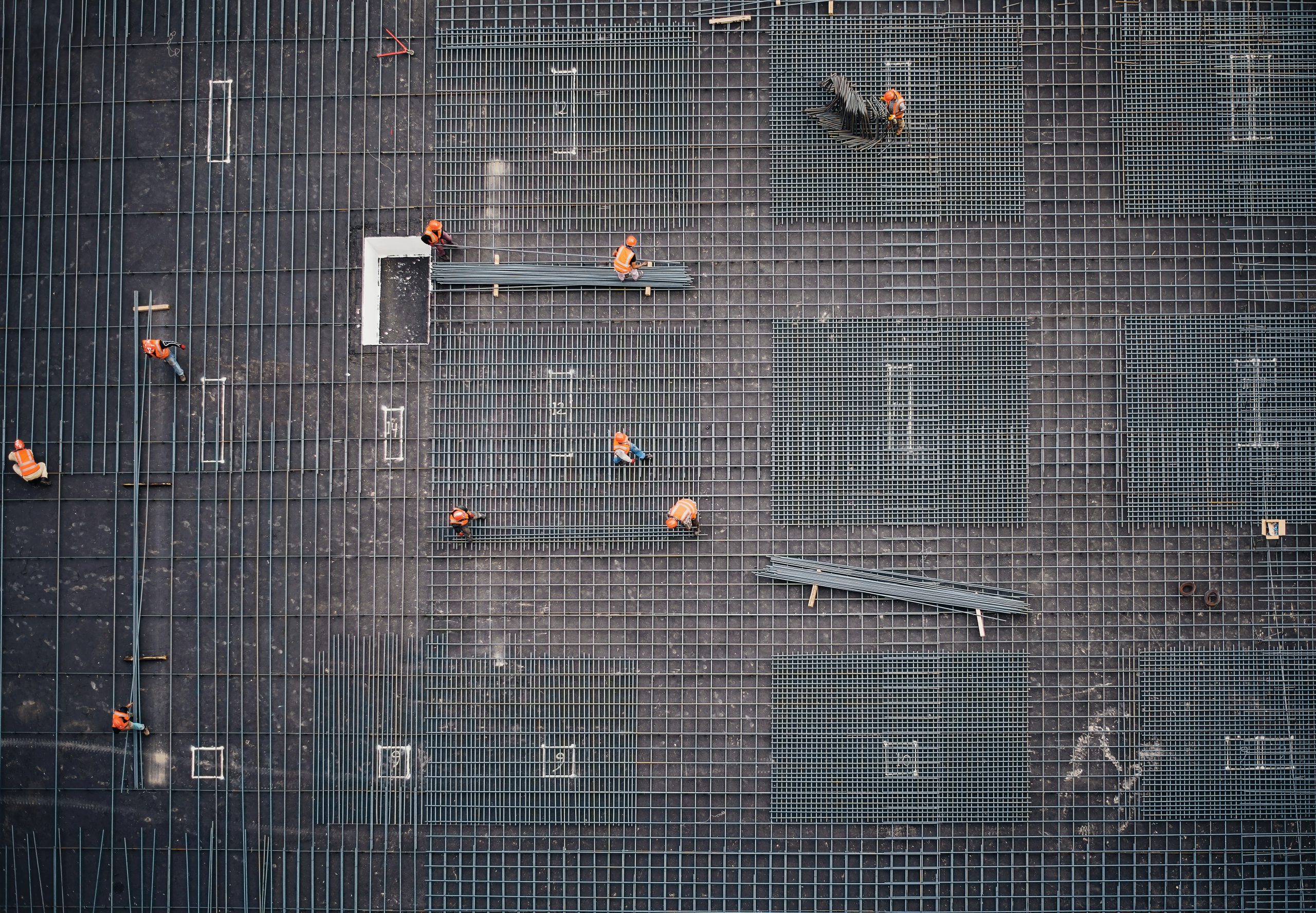Under the Building (Higher-Risk Buildings Procedures) (England) Regulations 2023 there is now a responsibility on the Principal Designer and Principal Contractor responsible for HRBs to carry out Mandatory Occurrence Reporting (MOR) where appropriate.
Which buildings are affected?
An HRB is a building that is at least 18 metres in height or that has at least seven storeys and either:
- Has at least two residential units; or
- Is a hospital or care home.
For the purposes of MOR, the building in question must be in construction or undergoing construction which means construction work being carried out in or to an existing HRB or which will create one.
What is a building safety occurrence?
A building safety occurrence is an incident which takes place that is:
- A structural failure which poses a risk to people in and around the building; and/or
- The spread of fire or smoke which poses a risk to people in and around the building.
There are a number of examples of works that could cause the above harm, including:
- Defective building work;
- Fire safety issues which would likely result in the spread of a fire;
- The use of non-compliant products or incompatible compliant products in the construction of the building;
- Inappropriate or incorrect installation of the construction products; and
- Product failure against specification and claimed performance.
What must be reported?
A building safety occurrence as outlined above must be reported if it is likely, for a significant number of people, to result in:
- Death;
- Hospitalisation; and/or
- a permanent or irreversible disabling condition.
It is important to remember that although a building safety occurrence may be reported under a RIDDOR report (which is a report for injuries, diseases and dangerous occurrences), a mandatory occurrence report must also be made.
Mandatory occurrences must always be reported even if they are resolved quickly.
What is expected of the Principal Contractor or Principal Designer?
The Principal Contractor and Principal Designer are expected to set-up and operate an effective MOR system that allows those working on design or building work to report safety occurrences to the duty holder(s) and Regulator.
Shared or separate MOR system(s) may be agreed and used, but they must be in place before construction or building work begins and must be maintained throughout the project.
For the MOR system(s) to be effective, frequent inspections of the design and building work must be made by the principal designer and principal contractor respectively, and both parties must inform those working on design or building work how the system works and what should be reported. For latest government guidance on the matter see here.
Whilst the Client is not responsible for managing the MOR system(s), they should take all reasonable steps to ensure that an MOR system is in place and the Principal Contractor and Principal Designer are able to fulfil their MOR requirements. Following this, a statement by the client describing the MOR system(s) must be made prior to commencing construction. For the latest HSE guidance on the matter see here.
When should a report be made and by whom?
A MOR notice and report must be submitted by a principal contractor or principal designer or their representatives to the Building Safety Regulator (BSR) through the online form (here) or the BSR telephone number 0300 790 6787. In order to submit this when dialling there is an appropriate MOR call option which will direct the caller through to a BSR handler. The BSR handler will then take down the relevant details of the report on its online form and a follow up will be scheduled as soon as possible.
Others who have concerns can report those concerns to the principal contractor or principal designer through the relevant MOR system(s), allowing the duty holder to take the appropriate action.
The first step to making a report is giving notice as soon as possible. This should be done when the incident occurs or the risk is identified as likely to meet the criteria for MOR. The notice must set out various pieces of information relating to the building, including but not limited to, the building control notice application reference, whether the building is occupied and a brief description of the risk or incident.
Once the notice is given, a full report must then be submitted within ten days of the incident occurring or the risk being discovered. However, if all information is available, the report can be submitted immediately after the notice. In the report detail must be provided to elaborate on the information contained in the notice including explanations of what has happened and what has caused the building safety incident, together with information relevant to how people have been kept safe and how the incident or risk was discovered.
Is reporting a mandatory occurrence the same as a report to the BSR?
Yes, an MOR is a report made to the BSR due to a building safety occurrence meeting the criteria of what must be reported to the BSR.
Should anything further be done after a report is made?
No, once the MOR is made the BSR will review the report and decide whether further action is required. If no further action is required, the person who made the report will be contacted. Where an investigation is carried out, the findings will be reviewed and appropriate action taken. Where an investigation takes place, BSR charges may be applicable.
What is a change control application?
A change control application is an application to amend approved plans or depart from strategies, policies or procedures in any approved document. This must also be added to a change control log.
If a MOR needs to be made, the reason why the building safety occurrence has occurred will steer the principal designer on whether a change control application also needs to be made.






